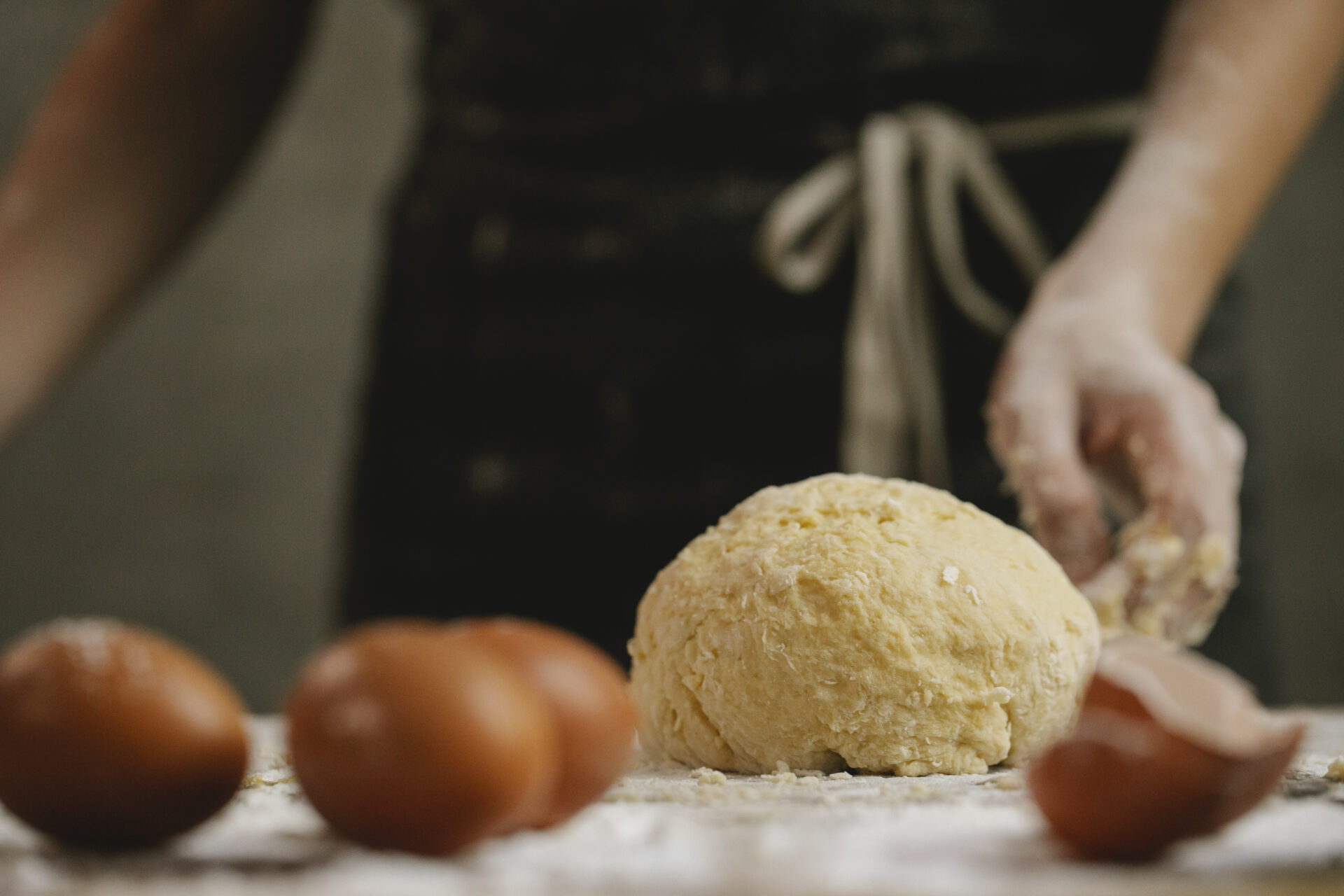Golf balls have become a key part of the game of golf, and the way that they are made is an interesting process. From choosing the right type of core material to winding the rubber around it, there are many steps involved in creating a golf ball. In this article, we will explore how golf balls are made and what goes into the manufacturing process.The history of golf balls dates back to the 15th century when golfers used primitive balls made from hardwood such as beech and box tree. These were difficult to hit and cheap to produce, but they were replaced in the 17th century with featherie golf balls. These were made by packing wet goose feathers into a leather pouch, then stitching it shut and letting it dry. The feathers would shrink when dried, making the ball smaller and more dense. Although these featherie balls could travel farther than their wooden counterparts, they were expensive to produce and often unreliable in their flight paths. In the 1840s, a rubber-based golf ball called the gutta-percha was introduced. It was much cheaper than the featherie ball and allowed for more consistent shots as well as greater distances. This type of golf ball remained popular until almost 100 years later when rubber-core golf balls with wound rubber thread around them were invented. These wound-style golf balls are still used today, although modern technology has made them much more durable and capable of traveling farther than ever before.
Basic Materials Used for Making Golf Balls
Golf balls are made up of a variety of materials. The core is typically made from either rubber or a synthetic material such as Surlyn. The cover is usually made from urethane or balata, which is a natural rubber. Balata offers the most feel and spin, while urethane offers superior durability and control. Other materials used to make golf balls include metal, plastic, and resin.
The core of the golf ball is critical to its performance, with each material offering different levels of compression, spin rate, and flight trajectory. Rubber cores generate more distance but less spin rate than synthetic cores. The cover of the golf ball also plays an important role in performance by affecting how it reacts when it comes into contact with the clubface. Urethane covers provide more spin than balata covers but do not offer as much feel on impact.
The other materials used in golf ball construction are mainly for aesthetic reasons or to reduce manufacturing costs. Metal cores can provide greater distance with less spin than rubber or synthetic cores, while plastic and resin materials are used mainly for decorative purposes such as logos and imprints on the cover of the ball.
Golf balls have come a long way in terms of technology and design over the years, but they still rely on the same basic materials for their construction. Whether you’re looking for maximum distance or tour-level control, understanding what goes into making a golf ball can help you find the right one for your game.
Different Types of Golf Ball Cores
Golf balls have evolved dramatically over the years, and now there are a variety of core options available. The core of the golf ball affects its performance, so it’s important to understand the different types when selecting a golf ball. The three main types of golf ball cores are solid, liquid, and dual-core.
Solid Core Golf Balls
Solid core golf balls are the most popular type of golf ball for recreational and amateur players. They offer good distance and a generally consistent feel throughout the swing. Solid cores typically feature a rubber or synthetic material that is wound tightly around a center core. This type of construction provides good durability and spin rate control on full shots but can be more difficult to control on shorter shots due to its lack of flexibility.
Liquid Core Golf Balls
Liquid core golf balls are designed for professional players who need increased distance and stability on their shots. They feature a liquid-filled center that is surrounded by a rubber outer layer for added durability. Liquid cores provide more flexibility than solid cores, which can help generate more spin on short shots and make them easier to control. However, this flexibility also reduces distance on full shots due to less energy being transferred from the clubface to the ball at impact.
Dual-Core Golf Balls
Dual-core golf balls offer the best of both worlds in terms of distance and forgiveness. They feature two layers of material that are filled with either a liquid or solid center core depending on how much control you need from your shots. Dual-core golf balls provide more spin on short shots than solid-core models while still offering good distance on full swings due to their firmer outer layer. This makes them great for players who want maximum performance from their clubs without sacrificing accuracy or consistency.
Construction of the Shells
The process of constructing a shell involves several steps. Firstly, the material for the shell is selected, usually a type of plastic or metal. This material is then cut into thin sheets that are used to make up the form of the shell. The sheets are then welded together using heat or pressure to create a solid structure. Once the shape of the shell is finished, it is coated with a protective layer such as paint or powder coating to protect it from wear and tear.
The next step in constructing the shell is to add hardware components such as hinges, latches and locks. These parts are attached to the shell using screws and rivets. Once all of these pieces have been added, they are tested for strength and durability to ensure they can stand up to regular use. Finally, any decals or logos are added to give it an attractive finish.
Once all these processes have been completed, the shells are ready for assembly onto their respective vehicles. This process involves connecting all the components together and fitting them onto the vehicle according to manufacturer specifications. This ensures that each component works correctly and that there is no risk of damage or malfunctioning during use. After assembly has been completed, shells can be used in applications such as transportation, storage and protection from environmental elements.
Adding Dimples to the Shells
Dimpling shells is a technique that has been used for centuries to improve the aerodynamic performance of projectiles. It increases the drag and can also reduce the dispersion of the projectile. Dimpling shells can be done by hand or with automated machinery and is an important aspect of ammunition production. Dimpling shells involves creating small indentations on the surface of the shell that act like turbulence-inducing paddles, increasing drag and reducing dispersion. This helps to improve accuracy and range, making them more effective weapons.
The process of dimpling shells is not complicated but requires precision and attention to detail. It is important to ensure that the indentations are not too deep or too shallow, as this can affect the performance of the projectile. The size of the indentation must also be taken into account as it affects how much drag is created. Additionally, it is important to make sure that all indentations are uniform in size and shape for consistent results.
There are a few different methods for dimpling shells including manual methods such as using a hammer and chisel or using an automated machine with a rotating head that applies pressure to create small indentations on the surface of the shell. Manual dimpling requires more skill and attention to detail than automated methods but may be preferable in certain situations where greater control over results is desired. Automated machines can be costly but they provide greater consistency in results and require less manual labour than manual methods do.
Dimpling shells is essential for improving accuracy, range, and performance of projectiles and should be done carefully with attention to detail for best results. Whether done by hand or with an automated machine, it is important to ensure that all indentations are uniform in size and shape for consistent results, as this will help achieve maximum effectiveness from projectiles.

The Painting Process
Painting is an art form that has been around for centuries. It is a way of expressing yourself through color and texture. The process of painting can vary from person to person, but there are some general steps that can be taken when starting a painting project.
The first step is to prepare the surface that will be painted. This includes sanding, priming, and sealing the area to ensure a smooth finish. Once the surface is prepared, it is time to choose the colors for your painting. You can use a variety of paints such as acrylics, oils, or watercolors. You may also want to consider using different brushes and other tools to create unique effects in your painting.
Once you have chosen your colors and materials, you will need to mix them together in order to create the desired effect on your canvas. This is an important step as it will help you create a consistent look throughout your painting. After this step is complete you can begin laying down the base layers of paint. Depending on the type of painting you are doing, this could involve multiple layers of different colors or just one color painted in multiple thin layers.
After all the base layers are complete it is time for details. This is where you can add texture and depth to your painting by using smaller brushes or other tools such as sponges or rags. Once all this detail work is completed, it’s time for varnishing or sealing your work with a protective layer so that it lasts longer and looks better over time.
The process of painting can be both fun and challenging but with patience and practice it can become a rewarding experience for any artist!
Compression Testing for Quality Control
Compression testing is a process used in quality control to measure the compressive strength of materials. It is commonly used to test a wide range of materials, including metals, plastics, composites, and concrete. Compression testing can help identify flaws or defects in materials and provide data that can be used for product design and development. It can also be used to detect material degradation due to changes in environmental conditions or production processes.
Compression testing works by applying a force to a specimen or sample of the material being tested. The force is applied until the specimen reaches its breaking point, at which point the amount of force required to break the specimen is measured. This measurement is then compared to the material’s expected compressive strength and can be used to determine if the material meets quality standards.
One advantage of compression testing is its ability to measure a material’s response under different types of loading conditions, such as shear stress or tension. This allows manufacturers to evaluate how their product will perform under different conditions and helps them make informed decisions about product design and quality control measures. Additionally, because compression testing can be performed on small samples, it is an economical way for manufacturers to test their products without having to take apart existing products or create large specimens for testing.
Another benefit of compression testing is its ability to detect flaws or defects that may not be visible with other types of testing methods. By measuring the amount of force required for a specimen to break, manufacturers can determine if there are any weak points in their materials that could lead to product failure or malfunction down the line.
Overall, compression testing is an important tool in quality control that can help manufacturers identify potential problems with their products before they reach consumers. By using this method, they can ensure their products meet safety standards and deliver quality performance over time.
Balancing and Sorting the Balls
Balancing and sorting the balls is an important skill that can help kids develop spatial awareness, problem solving, and critical thinking. It’s also a fun activity that can be enjoyed by all ages. The goal of this game is to arrange the balls in a symmetrical pattern. To do this, kids must use their visual perception to identify patterns and figure out how to balance the balls. Balancing the balls helps children understand concepts such as symmetry, proportion, and balance.
To play this game, first gather some small round objects such as ping pong balls or marbles. Have your child pick up a few of them at once and arrange them in different patterns on a flat surface. Encourage your child to experiment with different placements and combinations until they find something that works. Once they have found a pattern they like, ask them to explain why they chose it and what elements of balance are used in it.
Sorting the balls is another great way to develop spatial awareness and problem-solving skills. To do this activity, gather different colored balls or objects of different shapes and sizes. Ask your child to sort them according to color or size into separate piles or categories. This helps them learn how to recognize patterns, categorize items, and make decisions based on their observations.
Balancing and sorting the balls are simple activities that can provide hours of fun for kids while also helping them develop key cognitive skills such as spatial awareness, problem solving, critical thinking, and decision making. It’s an easy way for parents to introduce STEM concepts at an early age in an enjoyable way!

Conclusion
Golf balls have been around since the 15th century, and the manufacturing process has changed a great deal over the centuries. Today, golf balls are made from a variety of materials and with a variety of different processes. The core is typically made from synthetic rubber or rubber-like substances, while the outer cover is usually made up of either polyurethane or urethane elastomers. The cover is then either screen-printed with patterns or stamped with dimples to further enhance its performance. After this, the golf balls are ready for sale.
Golf ball manufacturers continue to innovate in order to improve performance and create new features that can benefit golfers of all levels. From dimple patterns to core materials to cover construction, every aspect of the golf ball’s design contributes to its overall performance on the course. By understanding how golf balls are manufactured, golfers can make more informed purchasing decisions and find the ball that best suits their game.




